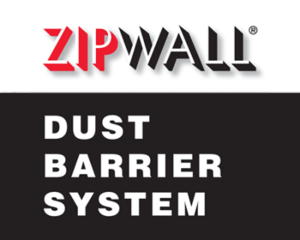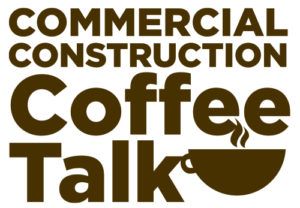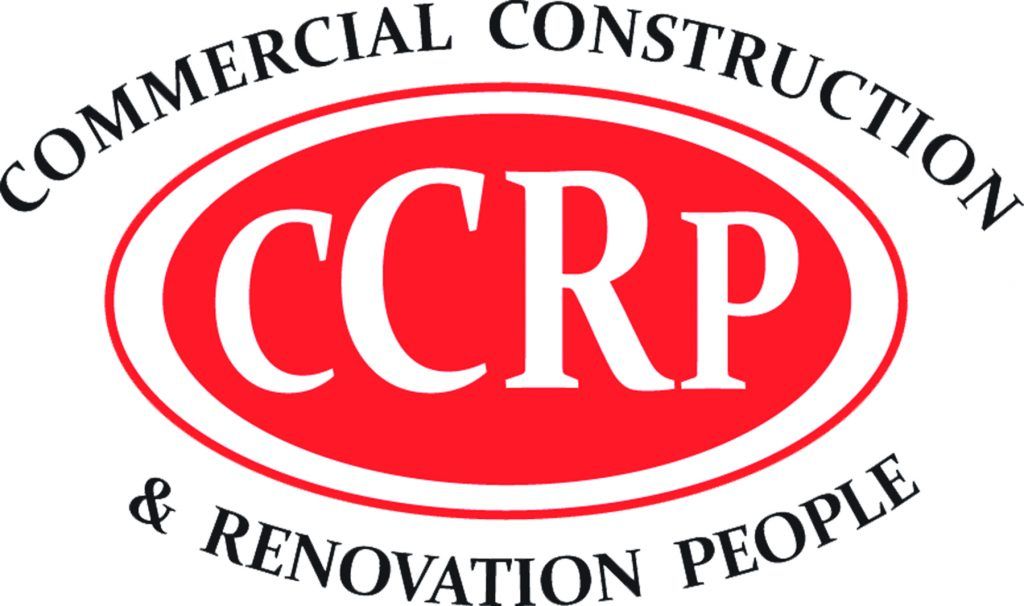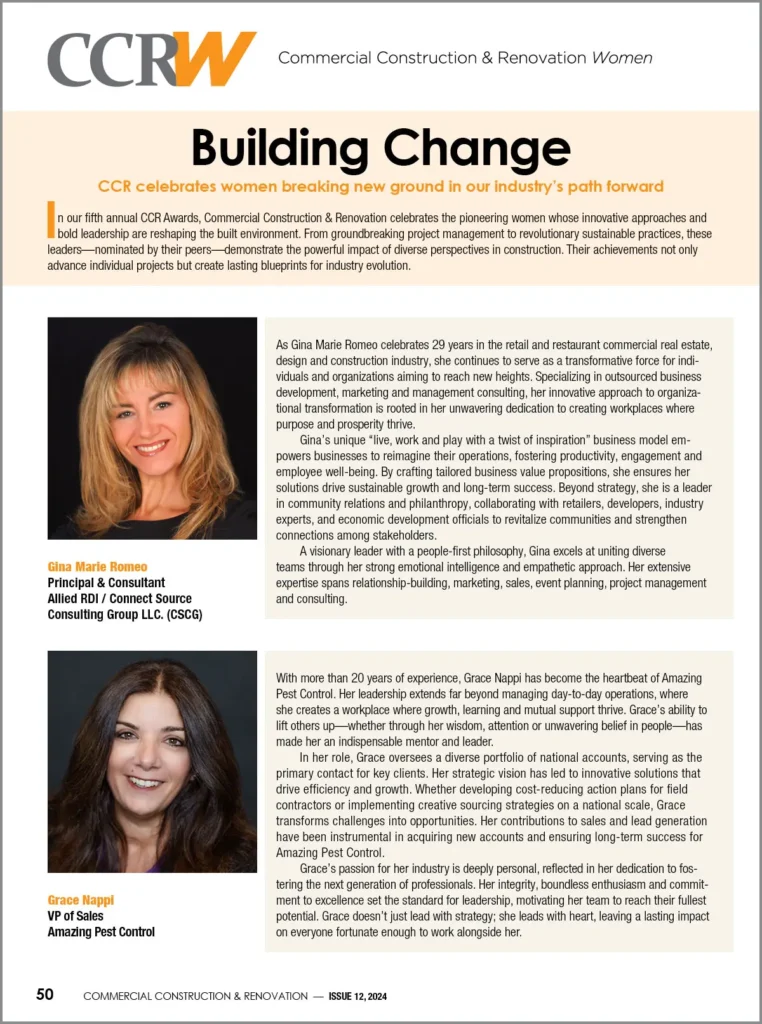The pandemic complicates construction worldwide. Balancing needed projects with worker safety and financial needs is difficult.
Governments must decide what construction is essential. This is a first and the process is unclear.
Some states okayed housing and public works. Some also allow other commercial and industrial construction.
Knowing kinds of construction helps you get what’s happening. The differences guide decisions right now.
Here’s more on industrial construction and what makes it special.
What Is Industrial Construction?
Industrial construction refers to building structures for industries.
Workers make and process products in industrial buildings. Warehouses and factories are typical examples. Others include industrial storage and shipping facilities.
Industrial buildings focus on products. Warehouses and manufacturing plants aren’t for customers. They aren’t designed to impress.
That’s why companies don’t put much effort into making them pretty. Take a look at lighting design. Industrial lighting fixtures are basic compared to decorative lamps.
But don’t let the simplicity fool you. There’s still thought put into how they look.
The design process for industrial facilities is as involved as any other. Fans often see traces of modernist and brutalist architecture. Simpler industrial buildings include steel and other prefabricated buildings.
Industrial construction is technical. Much manufacturing involves expensive, special equipment. This makes budgeting complicated.
Planners redirect money that goes to looks in other projects to those things. This is one way to cut costs. Doing so also saves materials and resources like electricity.
Different Types of Construction
The three basic types of construction are residential, industrial, and commercial. Here are the differences.
Residential and Industrial Buildings
There’s one basic difference between industrial and residential construction.
Residential construction is for residents. It includes buildings made for living in like houses and apartments. Hotels are exceptions as businesses.
Zoning laws in most cities limit where you can build certain buildings.
Industrial construction can’t pop up in neighborhoods. You also can’t build houses in industrial parks. These two kinds are almost always separate.
Industrial and Commercial Construction
The line between industrial and commercial construction is blurrier.
Both have business purposes and they share a lot. The biggest difference is that industrial construction doesn’t aim to please customers.
A factory might offer tours or have a shop or restaurant attached. This gives the building a few roles.
A building like that is multi-purpose. Still, the production area doesn’t focus on consumers. Consider it instead as a few parts.
A brewery is an example of industrial construction. A bar is a commercial building.
Commercial and Residential Construction
Comparing commercial and residential construction is also messy. Apartments above stores blur lines. So do offices and practices in neighborhoods.
Builders make commercial construction with customers in mind.
So, the shops count as commercial construction. Renovations turning a house into a business qualify. The original home is residential.
Become a Construction Expert
Now you know the differences between industrial construction and other kinds. That’s a good start to a lifetime in the field.
We have what you need to get your projects going. Construction news and vendor directories are clicks away. Take a look and get up to date on construction today.

































